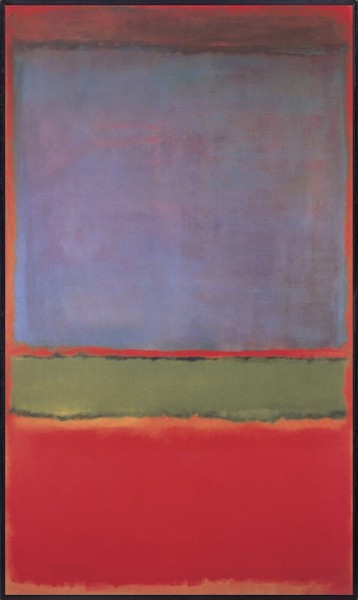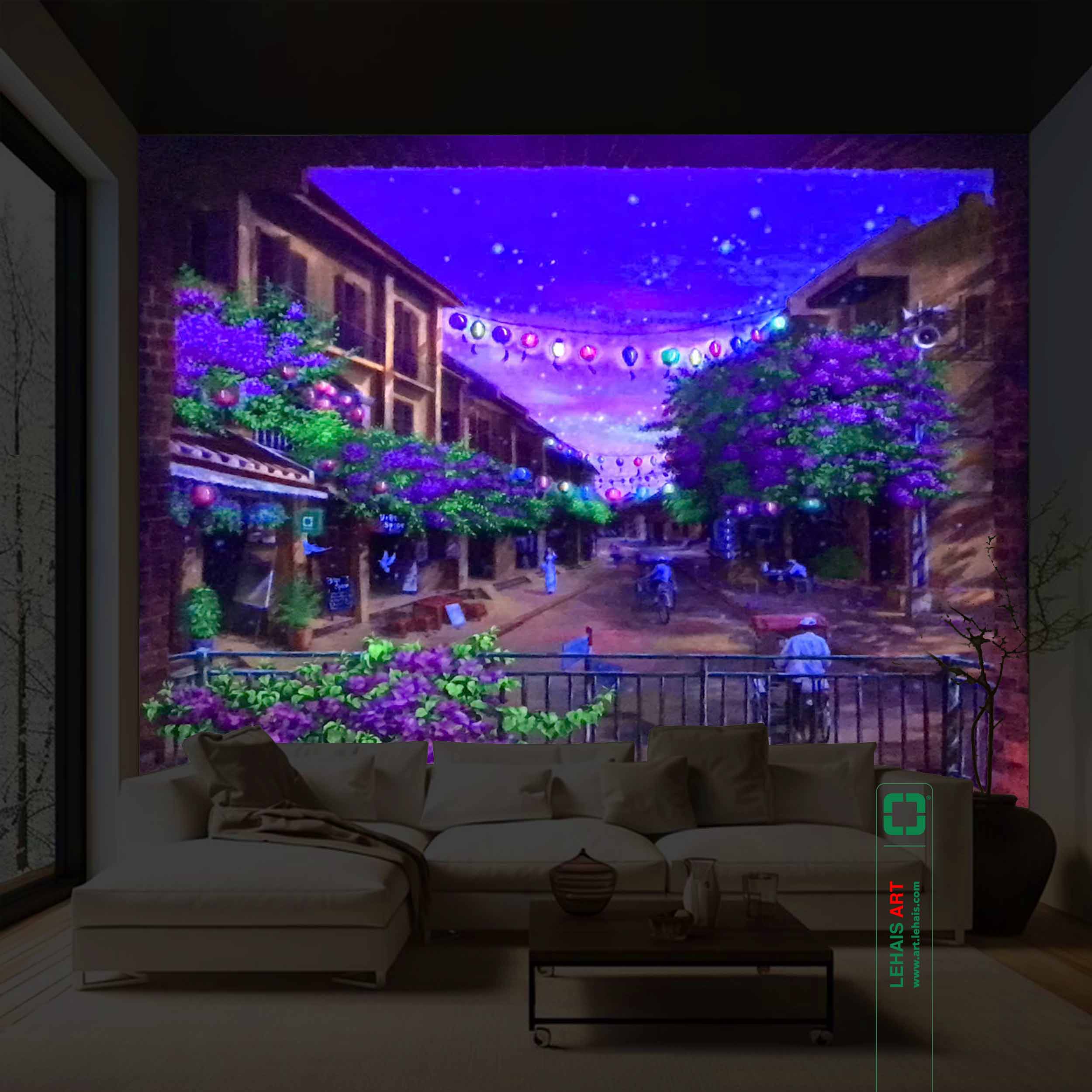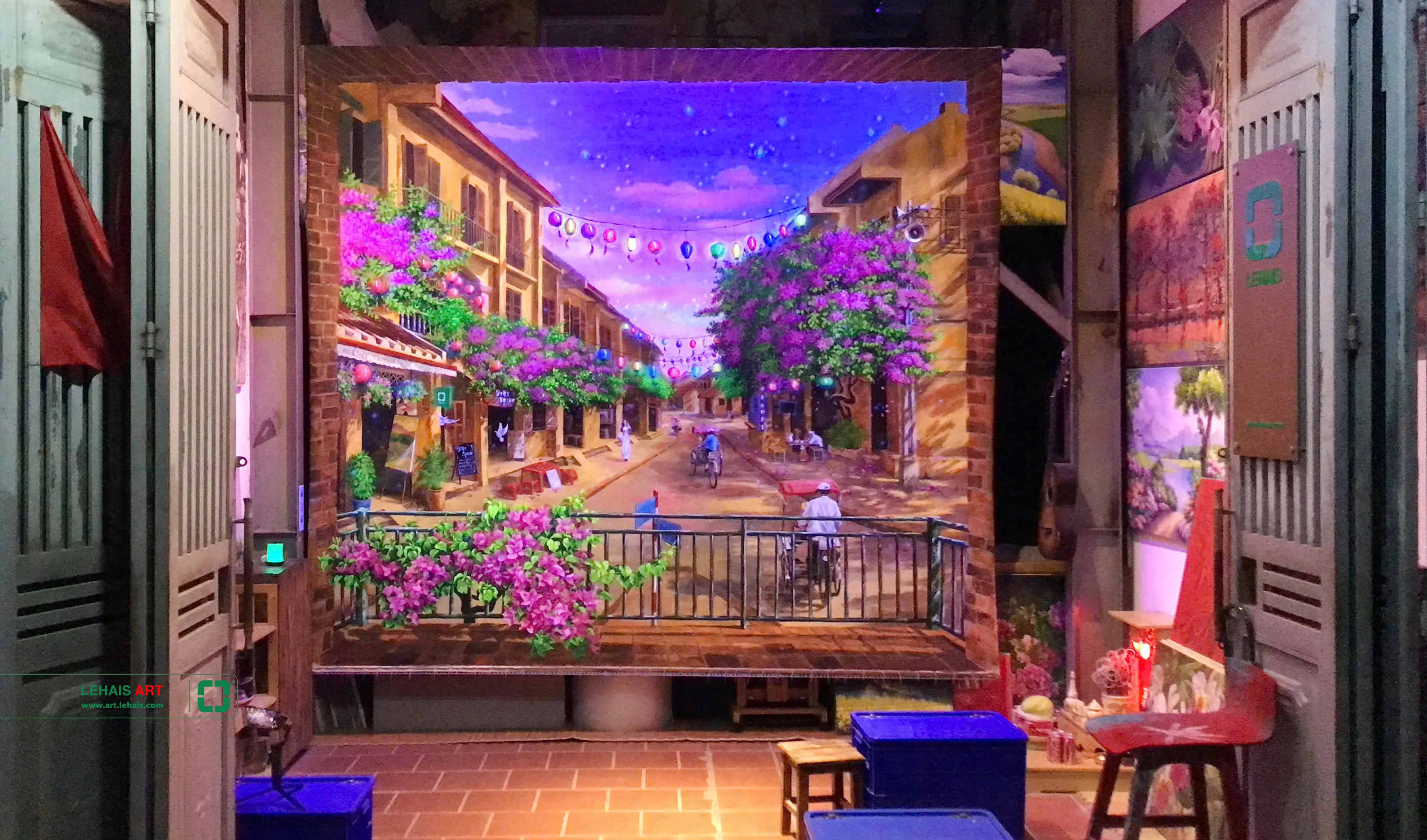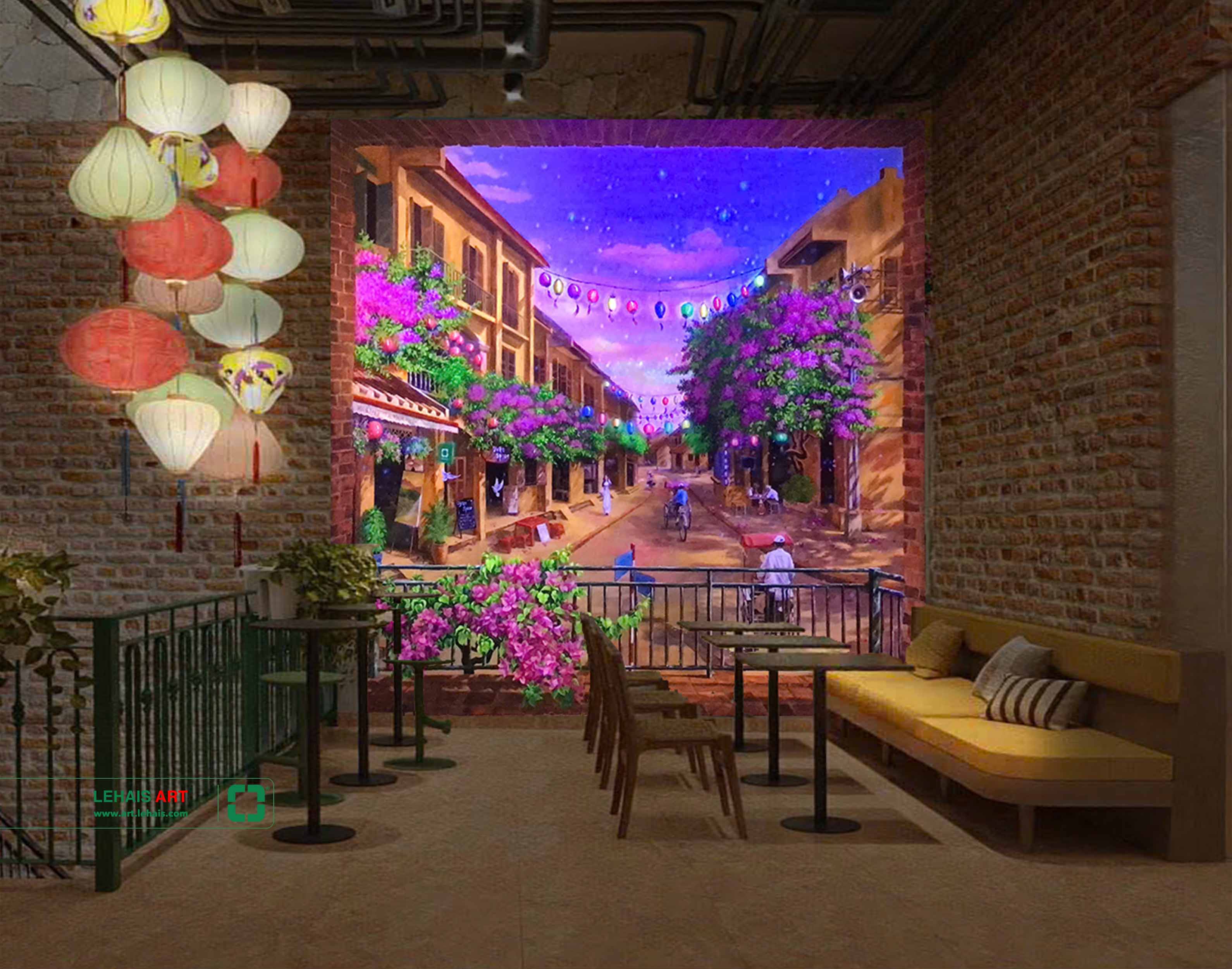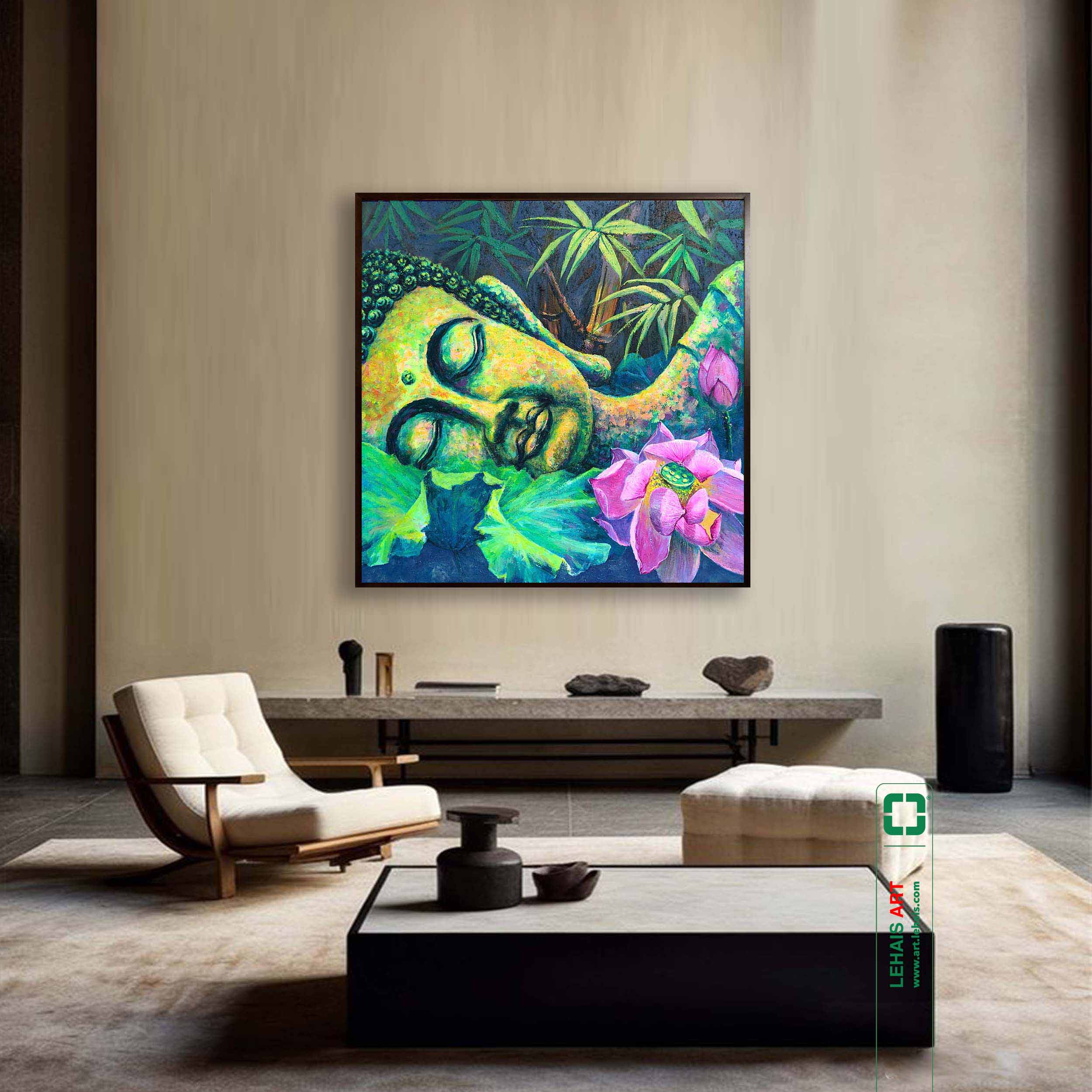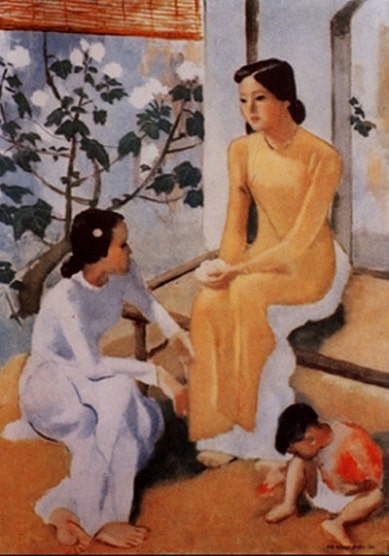The reasons "Several Streaks of Color" by artist Mark Rothko cost millions of dollars
Mark Rothko's painting No. 7 painted three color streaks sold for $ 82.4 million, ranking fourth on the list of the most expensive works at auction in 2021, according to The Value. Before that, painting Number 6 (Violet, Green and Red) - born 1951 - was bought by Russian billionaire Dmitry Rybolovlev from broker Yves Bouvier for $186 million (including taxes), 2014. The service was unsuccessful when Rybolovlev was arrested on charges of bribing officials and fraudulently selling artworks, but the painting still ranks among the most expensive in art history. The 1961 painting Orange, Red, Yellow was auctioned for $86.9 million at Christie's in May 2012. Number 10 sold for 81.9 million USD, Number 1 was 75.1 million USD...
On forums and social networks, many people think that it is impossible to understand why Mark Rothko's paintings are so expensive. Some viewers commented: "Oh art, it's crazy", "My kids can draw like that"...
(The painting "No. 6" (Purple, green and red) was born in 1951 and sold for 186 million USD. Photo: Artnews)
1. The art hidden in the streaks of color makes the work valuable
According to experts, Mark Rothko is famous for his color field art style. His paintings consist of overlapping rectangular patches of color, uneven, soft edges.
According to Arthive, Rothko's color streaks are not as simple as people think. The artist applies many techniques, which are kept secret from even his assistants.
Studies using electron microscopy and ultraviolet light show that Rothko uses a number of natural ingredients such as eggs, rabbit skin glue and artificial such as acrylic colors, phenol formaldehyde glue, alkyd paints and many others... These substances help the color to dry quickly, making it easier to paint a new layer on top.
A painter's picture can be up to 20 layers with similar shades. This helps the work to achieve the effect of depth and emit light from within. The soft, fading edges create the feeling that the picture has no boundaries.
According to Artnews, Rothko's splashes of color are said by critics and art historians to suggest metaphysics. The contrast of light and dark, the colors hot and cold express his views on the conflicts and difficulties of modern life. Initially, the artist used bright, vibrant colors and large sizes. From 1958 on, he switched to blue, green, then dark brown, chestnut and black. The size of the picture is also getting smaller. According to the Guardian, the color change represents sadness in the artist's personal life. He encountered many events, deteriorated in health and spirit, and chose to die in 1970.
Influenced by the philosophy of Friedrich Nietzsche (Germany), Rothko explores the unconscious relationship between people and colour. Therefore, the artist uses color patches and spatial depth to attract viewers to dialogue with the work. While teaching at the California School of Fine Arts in 1947, the artist observed: "The most interesting painting is to help people think more than what they see".
In the December 1947 issue of Tiger's Eye, Rothko said: "A painting lives on companionship, openness, and clarity in the eye of the beholder. But it dies if it falls into the wrong hands. It will be devalued by the eyes of vulgar, incompetent, harsh people who spread suffering all over the world!".
The book Mark Rothko: 1903-1970 clearly states, Rothko always has special requirements for exhibition space. Artists are determined not to place their paintings next to other artists' works or foreign objects. Unframed paintings hang close to the floor in a dark, windowless room. Viewers should stand close to immerse themselves in the work and feel. "Nothing can stop my painting and the viewer," he said.
The artist objected to people saying his paintings were characteristic of abstract art. The painter once said: "My art is not abstract, it lives and breathes. I am not interested in the relationship of color, form or anything else. I am only interested in expressing feelings. basic human emotions: tragedy, ecstasy, despair... The fact that many people break down and cry when they see paintings shows that I can convey basic human emotions."
Rothko also does not like critics, historians analyze the work. "No comment can interpret our paintings. Interpretation must come from a full experience between the work and the viewer. Enjoying art is like a marriage of the mind. Art is like marriage, lack of fulfillment will lead to rifts," he wrote in a letter to the New York Times in 1943.
2. The artist's name contributes to the price increase
According to Arthive, Rothko is considered a representative painter of American abstract expressionism after World War II
(Artist Mark Rothko. Photo: Kunsthistorisches Museum Wien)
The painter was born in Latvia and then moved to the US to settle and study. He began to develop his artistic career in the 1928s when a number of units hired him to perform public paintings and restore architecture. The artist then gradually transitioned from paintings with many forms to highly abstract works. Since the 1950s, he has conducted many solo exhibitions in galleries in the US, Japan, Spain, the Netherlands... His paintings are loved and sought after by collectors.
Rothko was one of the guests of honor at the inauguration of US President John F. Kennedy in 1961. The artist had a state dinner with President Lyndon Johnson and his wife Lady Bird. His paintings are exhibited at the world's leading art galleries and museums. In addition to drawing, he teaches at the California School of Fine Arts, Brooklyn College...
In Mark Rothko: The Works on Canvas, art historian David Anfam says Rothko composed about 836 complete works during his career. The value of Rothko's paintings skyrocketed in the decades after he committed suicide in 1970.
3. Business tactics of auction houses
In addition, business tactics in the artistic activities of auction houses and brokers are indispensable. The Guardian commented: "The art market does not reflect who is the best artist. The highest-priced painting does not mean the best. Buying and selling artwork is business. So, its price is driven by many factors, not just the quality of the work".



